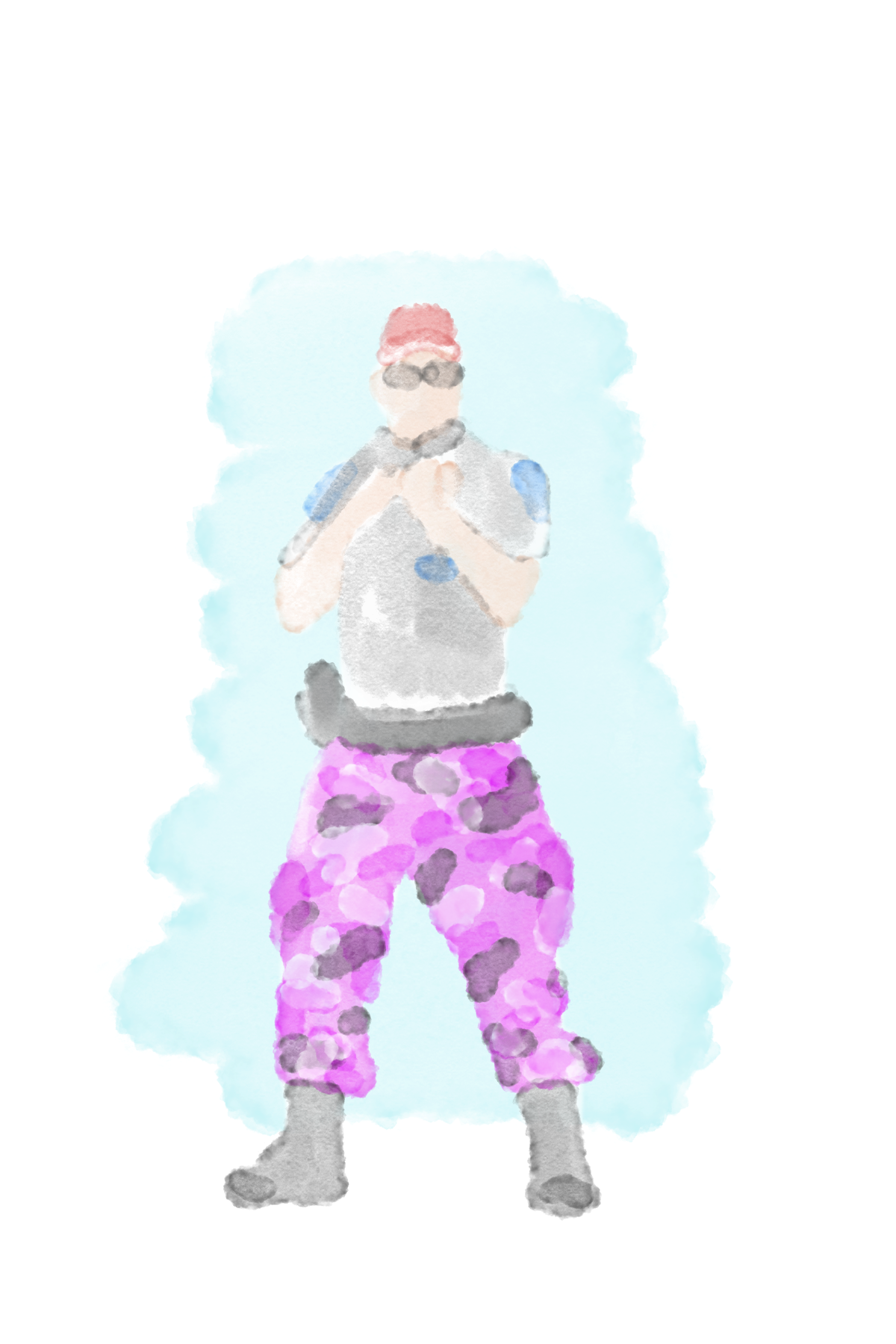Why the camouflage clown pants are undermining the police’s credibility
Quebec Public Security Minister Martin Coiteux unveiled a 38-point action plan to reform Montreal’s police department on March 29, according to CBC News. Parts of this action plan includes changing the organization’s structure to encourage collaborative leadership, and requiring police officers to stop wearing camouflage pants and resume dressing in their proper uniform.
Montreal police officers have been protesting cuts to their pension plan for almost three years now. According to the Montreal Gazette, the protest began in July 2014 in opposition to a Quebec pension plan reform that would affect 65,000 public sector employees. Since police, firefighters and public transport employees are essential to the city, they were prohibited from taking a day off work to protest. Instead, they decided to embarrass the government by not wearing their proper uniform as a form of protest. Now, this has become more of an embarrassment to the police department as it has been going on for far too long.
As with any profession, the way we dress is not only representative of ourselves, but also of the company we work for. For the police, a uniform is essential to ensure citizens can identify a police officer when assistance is needed.
A uniform also sends a message of professionalism and credibility. How can the police force expect us to take them seriously if they are dressed this way?
According to CBC News, in July 2016, SPVM officer Nathalie Dagenais caught a man named Marc-Olivier Caron speeding and asked him to pull over. Caron slowed down instead of pulling over, because he didn’t recognize Dagenais as an officer—she was wearing camouflage pants and a bright yellow vest.
The officer gave him two tickets: one for speeding and another for dangerous driving, since Caron slowed down as opposed to fully stopping, and Dagenais had to “move at the last second,” according to CBC News. Caron contested the second charge, and the judge sided with him. The judge said Caron’s reaction was reasonable because Dagenais was not dressed like a police officer. The judge ended up revoking the $1,200 fine. This is a perfect example of how the police officers’ protest is affecting their work—they’re not even being recognized as police officers when patrolling roadways.
Right now, police authority is being undermined because people do not take them seriously in their camouflage, fluorescent-coloured pants. It’s about time Coiteux is implementing change within the police community in order for them to regain the respect of the city.
But truthfully, the camouflage pants are just one part of a larger issue: the credibility of Montreal’s police force is gradually deteriorating. Today, the police force is plagued with issues of racial profiling, questionable internal investigations and tapping journalists’ phones. Despite being trained to protect us, I don’t feel protected knowing there are other motives and ideas in the minds of the police force.
The Montreal police department represents the city and notions of protection and responsibility. When we are in trouble, we are told to call the police. When we need help, we are told to call the police. When we feel threatened, we are told to call the police. Yet, the Montreal police have become something of a laughingstock in the eyes of citizens. The government trusts the police to ensure the city is protected, and the safety of the citizens are supposed to be their number-one priority. The police are supposed to be symbols of the law, but it’s hard to keep faith in them when they are dressed in clown pants and conducting unprofessional and sometimes unlawful acts.
Graphic by Thom Bell
